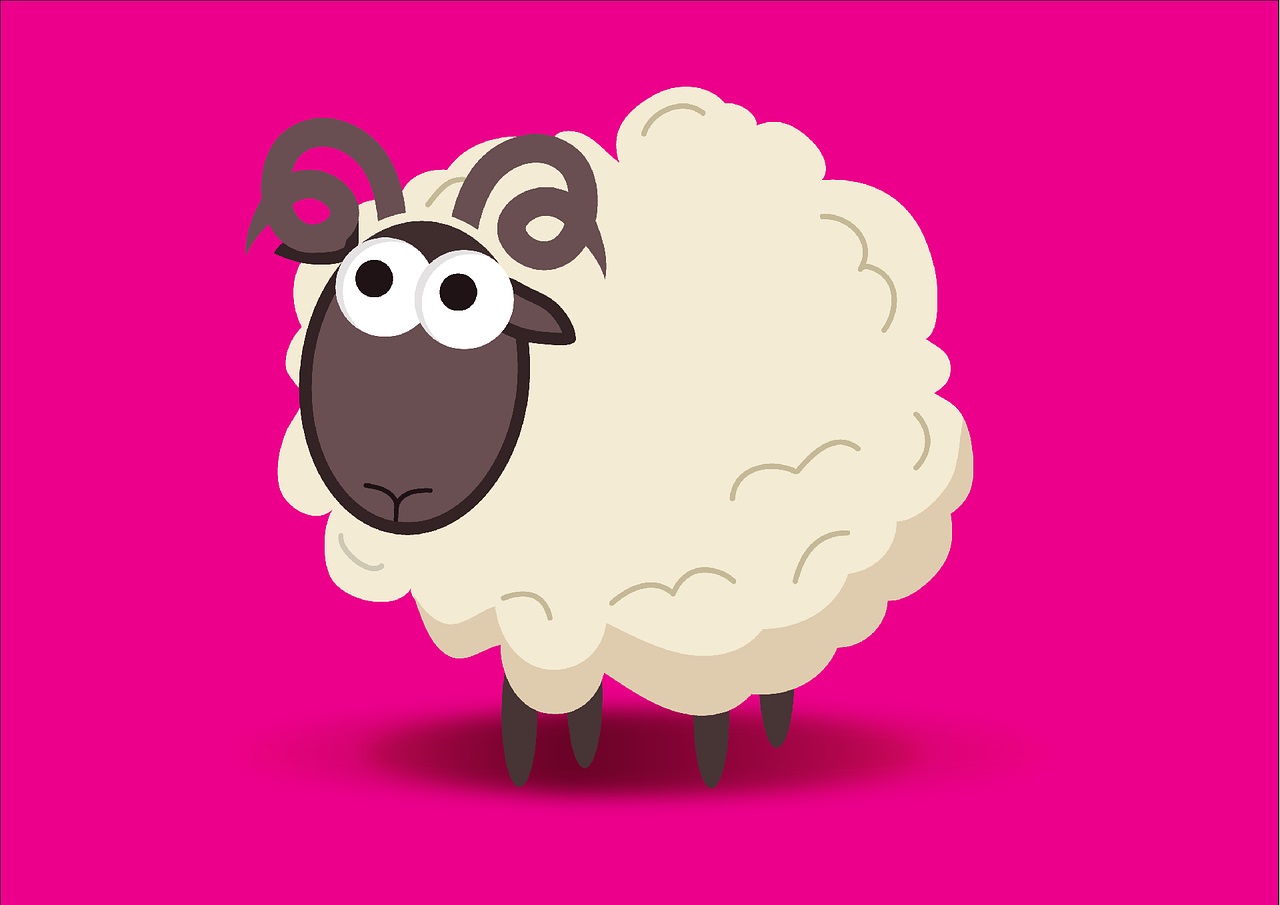Eid ul Adha is known as the festival of sacrifice and holds great importance in Islam. At the heart of this festival, lies the ritual of sacrifice that commemorates the willingness of Prophet Abraham (Peace be Upon Him) to sacrifice his beloved son for Allah (SWT). This blog will delve into the details of Qurbani, exploring its historical and religious background, timings and observance of Qurbani, and so on. Read on to learn more.
Historical and Religious Background
The historical and religious background of Qurbani is rooted in the story of Prophet Abraham (Peace be Upon Him), where he demonstrated unwavering love for Allah (SWT) when he was commanded to sacrifice his beloved son as a test. To fulfill Allah’s (SWT) command, Prophet Abraham (Peace be Upon Him) prepared to carry out the sacrifice, but Allah (SWT) saved his beloved son and replaced it with a ram. Allah’s (SWT) divine intervention highlights his mercy but also establishes a connection between the story and its relation to Qurbani. Muslims commemorate Prophet Abraham’s (Peace be Upon Him) unwavering faith in Allah (SWT) by offering sacrifices on Eid ul Adha, following the spirit of gratitude and submission.
Timing and Observance of Qurbani
The timing and observance of Qurbani are directly related to Eid ul Adha. Eid ul Adha is celebrated on the 10th of Dhul Hijjah, immediately after the annual Hajj in Mecca comes to a close.
To perform Qurbani, there are a couple of requirements that must be met, such as:
- Individuals must be of sound mind.
- Individuals must be at the age of maturity.
- Individuals must have the necessary financial means for Qurbani.
The Qurbani during Eid ul Adha is a reminder to share with those in need. During this time, Muslims can share their blessings with the less privileged, promoting compassion and generosity within the community.
Animals Eligible for Qurbani
Regarding Qurbani, there are a couple of guidelines to keep in mind regarding animal sacrifices. The types of animals allowed for Qurbani include camels, cows, sheep, and goats. However, each animal must meet a specific requirement:
- Goats and sheep should be at least one year old.
- Cows should be at least two years old.
- Camels should be at least five years old.
Several conditions must be met when selecting sacrificial animals, such as physical appearance, health, and age. Animals must be healthy, free from diseases or disabilities. Additionally, the minimum age requirements should be met. Also, physical appearance, such as overall well-being, must be considered. Most importantly, the welfare and well-being of animals should not be ignored, ensuring ethical practices and guidelines are met.
The Ritual of Qurbani
The ritual of Qurbani requires completing several steps, which are as follows:
- Ritual cleansing and preparation. Individuals must purify themselves spiritually and physically before performing Qurbani. This involves performing ablution and engaging in supplication and prayer.
- The act of slaughtering takes place according to Islamic principles. The designated person compassionately and swiftly slaughters the animal while invoking the name of Allah (SWT). The goal is to carry out the act of slaughtering with utmost care and reverence to ensure it is done as humanely as possible.
- Once the sacrifice is complete, the meat is divided into three portions: One for the family, one for friends and relatives, and one for the less fortunate.
Conclusion
In short, Qurbani is the ritualistic sacrifice during Eid ul Adha. The Qurbani holds significant importance in Islam, and it involves performing a sacrificial act following specific requirements and guidelines, after which the meat is distributed amongst those in need. This sacrifice serves as a reminder that gratitude and submission to Allah (SWT) are of the utmost importance, which not only commemorates a historical event but also instills valuable lessons of empathy and devotion.

